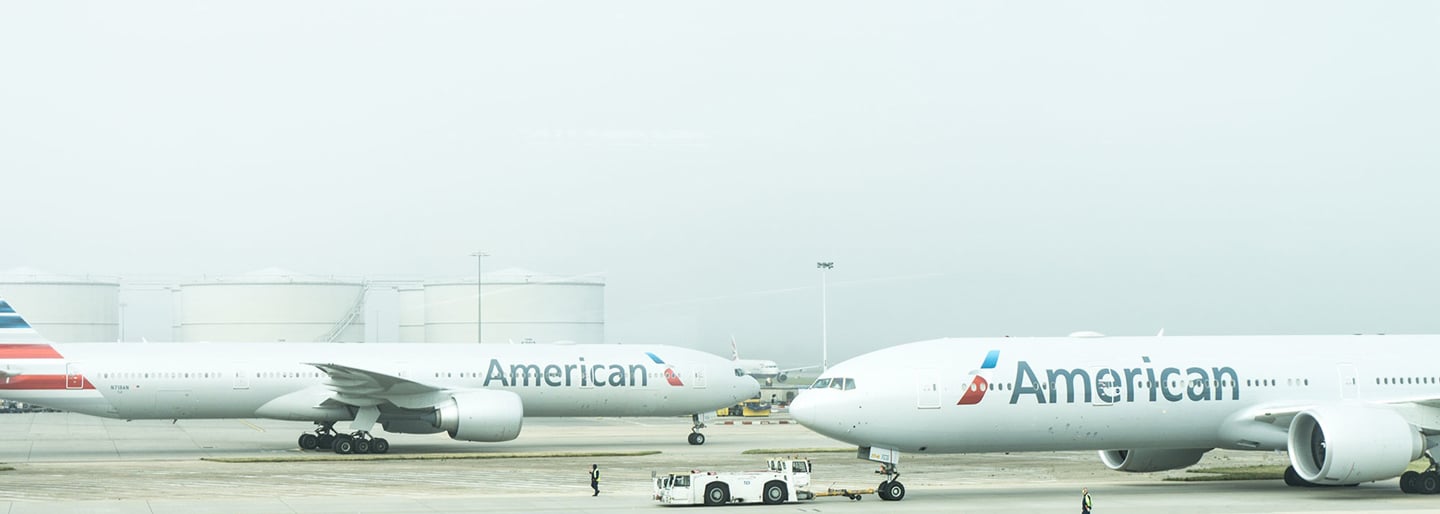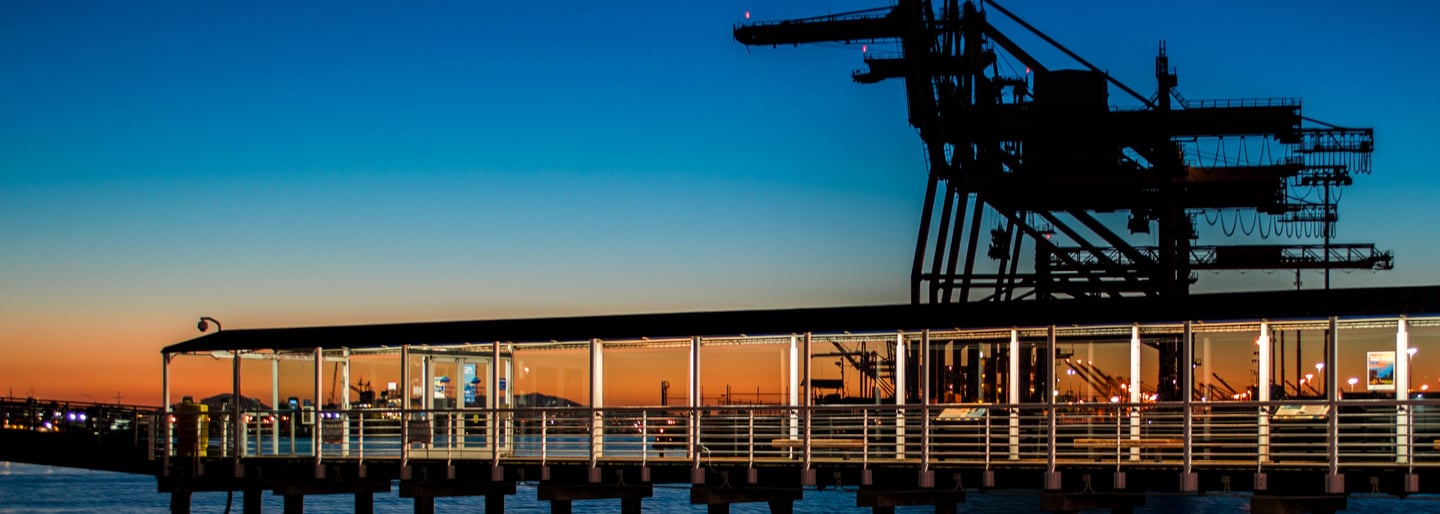Less than Container Load refers to the freight forwarders shipping product where cargo from multiple customers is consolidated into one standard marine container. For individual shippers, using a less than container load solution, therefore offer an opportunity to reduce the transportation costs, in comparison with booking a full container or using airfreight.
Reason for less than container load
Traditionally, the less than container load product is one of the fundamental business elements of the freight forwarder. Where shipping lines offer transportation solutions for full containers on their large container ships, in the last 10 years they have stopped offering the land side services where they handle individual shipments. Customers booking directly with shipping lines therefore mainly load the cargo into the containers themselves.
If a shipment is less than the total volume of the smallest shipping container, i.e. less than 30 cubic meters, it would, however, mean the container is not fully utilized. As the cost of the container transportation is based on the actual container rather than the content, shipping a half-empty container will incur the same cost as shipping a full container.

With this in mind, the freight forwarders started offering a consolidation service, which in principle works the same way as a car-pooling scheme. The total cost of the container transportation is split between the users, i.e. the shippers who have less than container load cargo in the container. In addition, when shipping with a freight forwarder, customers benefit from the scale of these companies. Freight forwarders are amongst the biggest customers for shipping lines, why they also enjoy some of the best rates and payment terms. Part of this benefit is passed to customers.
Less than container load or airfreight
The less container load solution is a good alternative to airfreight. The main considerations are cost and transit time. While the less than container load service is an ocean freight solution and therefore has a transit time according to international ocean freight, the costs are significantly less than airfreight. Sometimes up to 10-15 times less.
In addition to transit time and cost, the environmental impact should be given consideration in the decision between less than container load shipping and airfreight. Ocean freight emits up to 50 times less carbon than airfreight, measured on one kilo of freight shipping in a marine container on a large container ship compared with a modern cargo airplane.

Is less than container load consolidation safe?
As rule of thumb, freight forwarders accept only dry, non-hazardous, stackable cargo for less than container load. The reason is that stowage and de-stuffing must be safe and ensure that cargo is not damaged. Secondly, by not accepting temperature controlled cargo, or cargo requiring special handling or declaration, the risk of cargo delay is limited.
If one shipment in a consolidated container requires customs inspection, the entire container will be delayed, and thereby also other shipments in the container. This is the reason why freight forwarders are very strict in the content of the shipments for less container load, trying to avoid delay. That being said, freight forwarders often include some additional timing in their shipping schedule, in the case, if the delivery should be delayed due to customs inspection. Often, a couple of days are schedules from vessel arrival to container release at the port, and another couple of days are scheduled for de-stuffing and preparing the cargo for dispatch at the destination warehouse.

There are other restrictions on cargo for less than container load shipments. These include weight, dimensions and type of packaging.
Pricing of less than container load shipments
There are multiple components included in the end-to-end pricing of less than container load shipments. These would include pick-up at the origin address, also known as export haulage, origin charges, ocean freight, destination charges and delivery to the destination address, also known as import haulage. In addition, if required, the rates can include additional services such as export customs clearance or import customs clearance.
If you feel anything is missing in this article, do not hesitate to contact us.